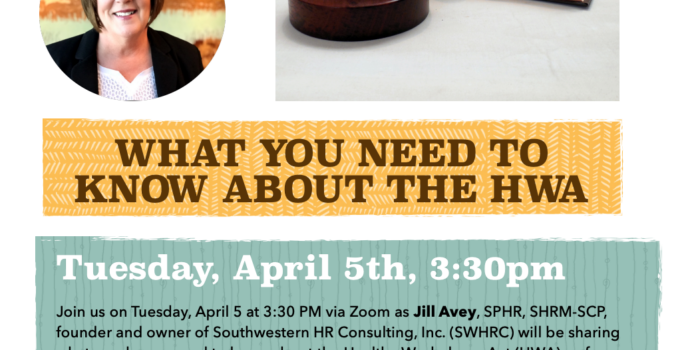Are you aware of and adding these to your workplace strategies?
If you can do a few of these things, you will retain your talent and possibly recruit more.
Over the last two years, health and wellness have seen significant shifts and changes which have directly affected almost every single industry worldwide.
What will 2022 bring? How can companies stay prepared for the unknowns? What strategies and changes should they implement?
The new offerings to potential new and old workers will focus on precision and performance-based health and mindset wellness. The old-school insurance game of “These are your benefits with X amount for deductibles” is not a big lure to the next generation of workers.
Newer, precision-based care will focus specifically on their needs for physical, mental and spiritual support. These are all well backed and generally accepted by those in health care, but not by those in sick care (medical providers, hospitals, large medical centers). Concierge precision care will include coverage for care of being ill but also a larger coverage for prevention and optimization-based care.
Why this push? A large portion of the millennial to Gen X population are wanting more health and wellness-driven care that is supportive of the optimization of their health and is specific to their individual wants and needs. They are not wanting sick care as they don’t run to their primary care doctor for every sniffle, wiffle or kerfuffle. They want to know how they can create better mental, physical and spiritual health to prevent heading to the doctor for sick care.
They want mental health (counseling therapy), bodywork (therapeutic massage), alternative health care (including acupuncture, chiropractic, naturopathic) and coverage for supplements and IV or injection therapies. They want to have better health than their parents and grandparents. They want to prevent the majority of sick care illnesses by preventing those lifestyle diseases. Most importantly, they want to be in charge of their health and health care decisions. They do not want to rely on one provider who only knows about drugs or surgery as the answer for everything.
Addressing employee retention rates, burnout and turnover
Employee retention, burnout and turnover are running high in all facets of the workforce. The last two-plus years of dealing with Covid, lockdowns, relegation to working from home and limited ability to vacation have increased the overall stress on the workforce. This is easily observed in the upper ages of Gen X down to the millennials.
The Gen Xers are using their savings and walking away from jobs that they feel are too stressful without fulfillment in their life. Millennials are just working to get by and cohabitating to save on expenses as to not have to work a lot for so little. The rising costs to purchase homes, rent for apartments or houses and automobiles are all pushing them to find passion in what they love versus a 9-5 job that they feel sucks their soul out of their body.
Combating all of this stress is difficult across all industries in the workforce. Decreasing hours per week worked while paying as if full-time may increase productivity and save in the medium and long term which can increase the mental and physical health of the staff. Offering more mental and physical health days along with the alternative therapies as part of benefits packages will also help retain employees and boost recovery from burnout and turnover.
Increasing movement during the workday, standing/sitting desks, installing fun rooms (a fun break room with games, art or self-care tools), doing an art/wine night or asking the workers what they would like to do allows them to feel involved with their fellow workers and part of the decision-making process for the office.
One thing that I have found that works amazingly well with my staff is to train them on the mission and reason we are in business. Once they see and understand the passion of your mission as an entrepreneur, the ones who believe in that mission and identify it as part of theirs will stay on and help the business attain its goals. Those who don’t have those same goals or passions end up leaving anyway. You want those that are passionate about your mission to be working with you and those that don’t, well, I think that is obvious.
Organizations need to be prepared for disruptions
My company has found having SOPs (standard operating procedures) and recorded “how to do this or that” videos through Loom or Zoom assists with training a new hire and helping retained employees feel vested in the company. Each position in the company has recorded how-to’s, and if an employee leaves another can be quickly trained to do their position day to day or that position can be cross-trained to others filling in the gaps until someone is fully trained from the video training.
The daily how-to of their jobs is easier to do with the ability to watch a few-minute video on a task without having to ask you or their manager again and again thus decreasing overall company productivity. This allows for a leaner workforce that is agile to workers leaving and allows other workers to potentially absorb the lost position.
Another important question to ask would be: Can work be done from home a day or two a week? One thing the pandemic has shown is many workers are more productive while working from home than at the job site. Working from home typically allows for fewer interruptions and increases task speed. Fortunately, with kids back in school and very little to no forced closing of businesses, this is less of an issue. The key here is to be open and have some form of trackability for accomplished work. Employees still want to feel a part of the company and vision along with having interaction with the team, but allowing a day or two that they can work from home can increase productivity immensely and help with employees’ mental health.
All in all, our workforce and work environments are changing rapidly. The more adaptable and supportive you are to the new workforce’s wants and needs, the more you can help your business thrive and grow. If you are rigid and “old school”, the workers will bail.
There is a large brain trust of experience and talent that are looking for ways out. We all want to be successful, but we also need to thrive and live in abundance in today’s changing times.



